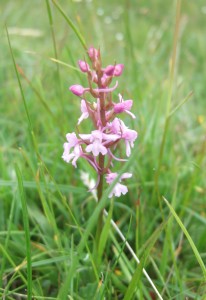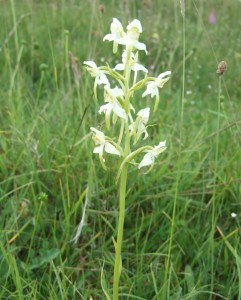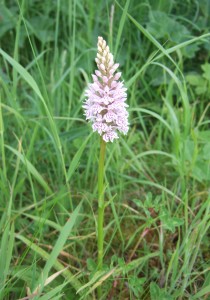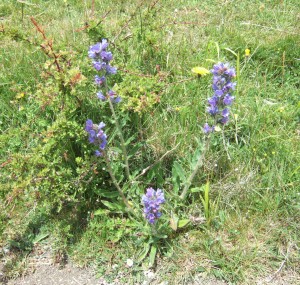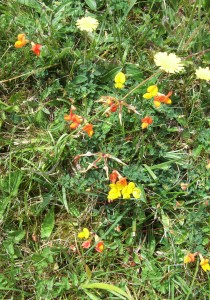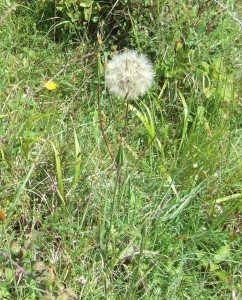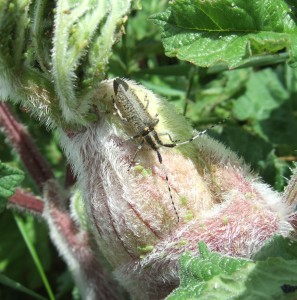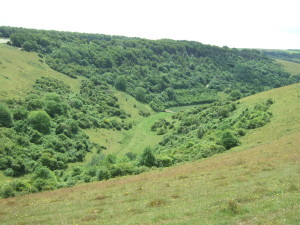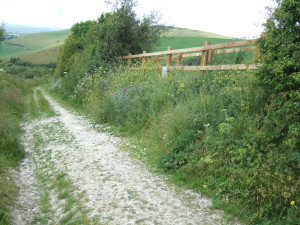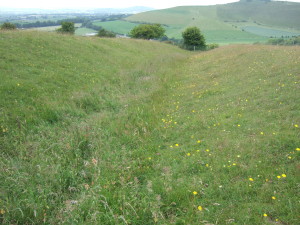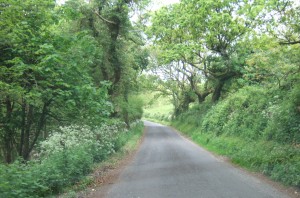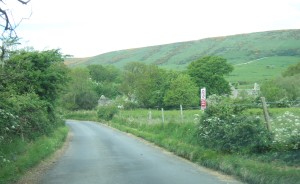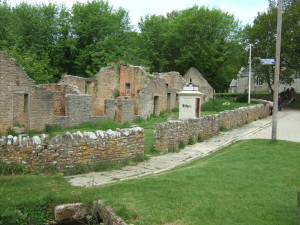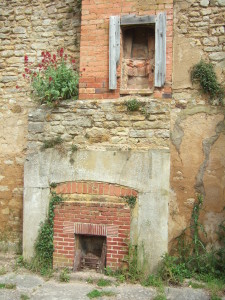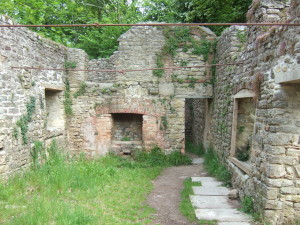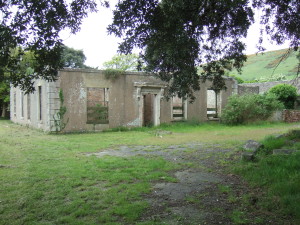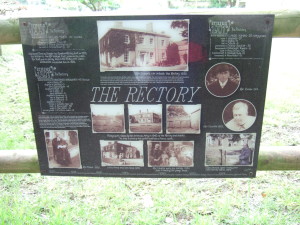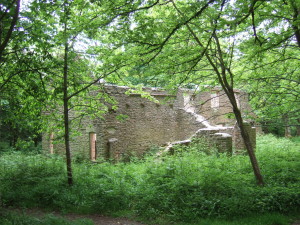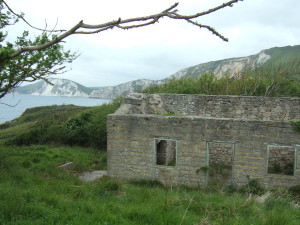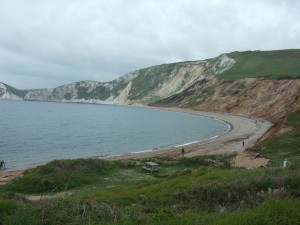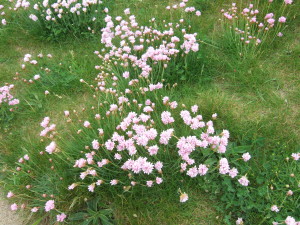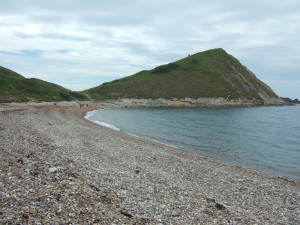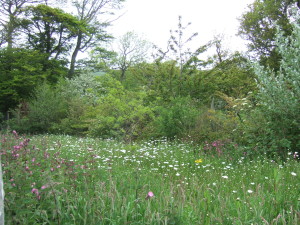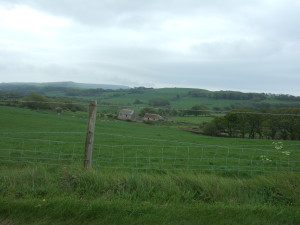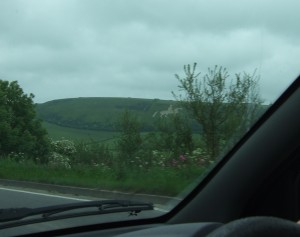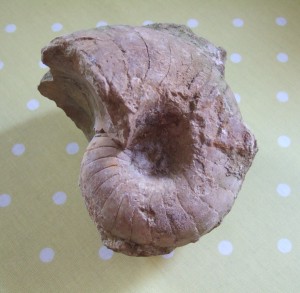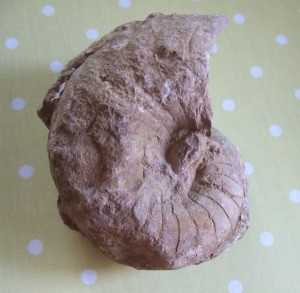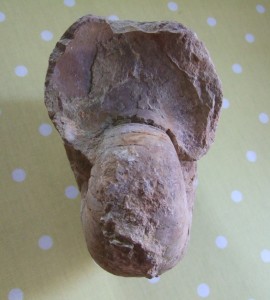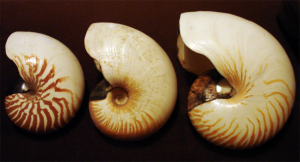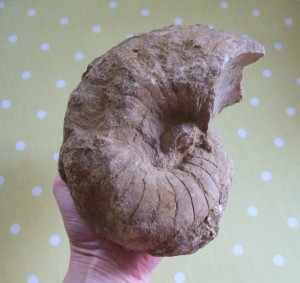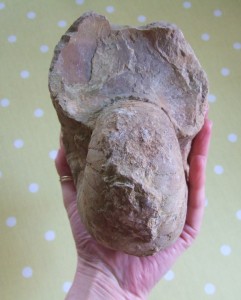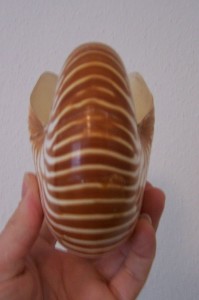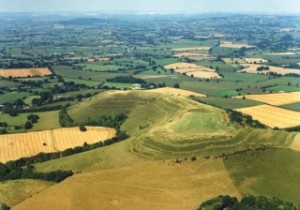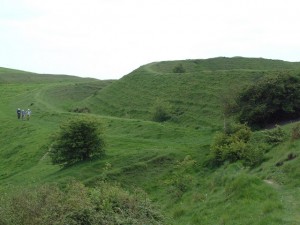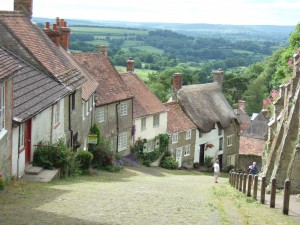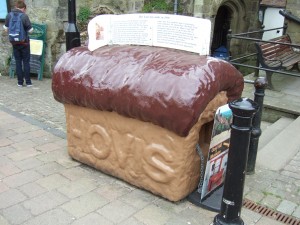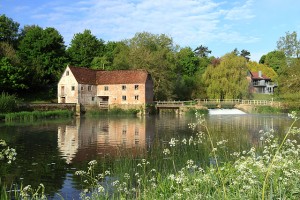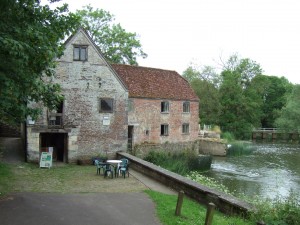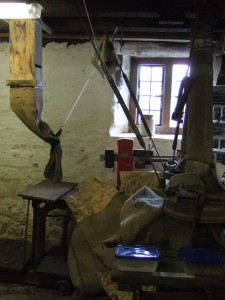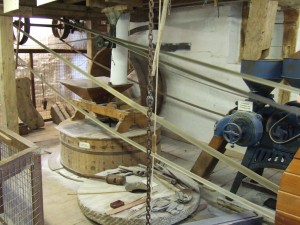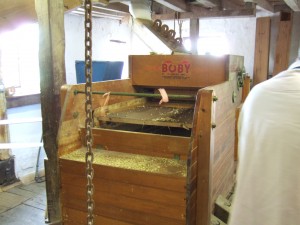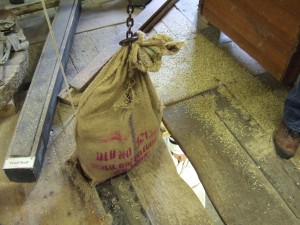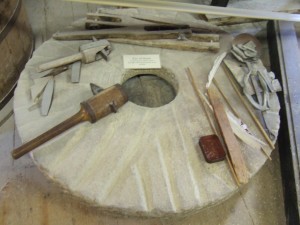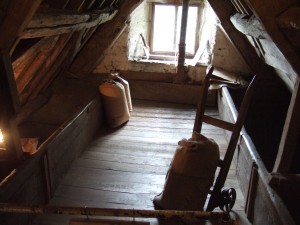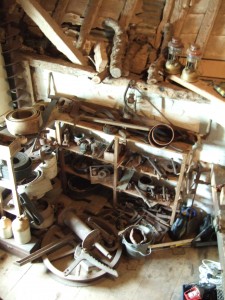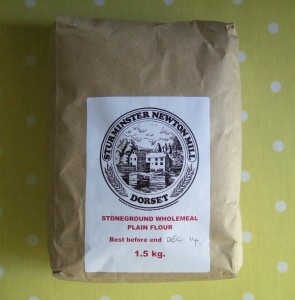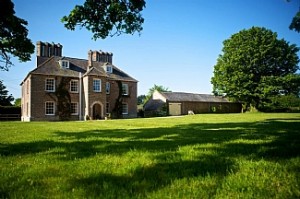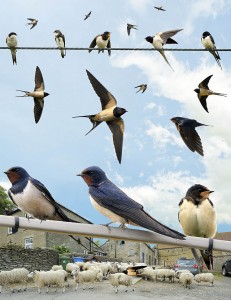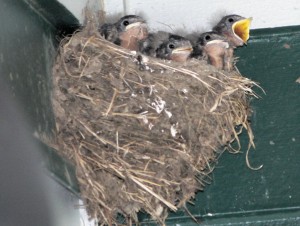Yesterday Chap and I headed off to the main part of Fontmell Down Nature Reserve, which is run by Dorset Wildlife Trust and situated about 5 km south of Shaftesbury in Dorset. Fontmell Down is a spur of chalk downland jutting out above the Blackmore Vale. The spur is bisected by two cross dykes, landscape features that are likely to date from the Middle Bronze Age. We visit this reserve often, but it is at its beautiful best this time of the year, we reckon. Click on all photos to embigggen/bigify.
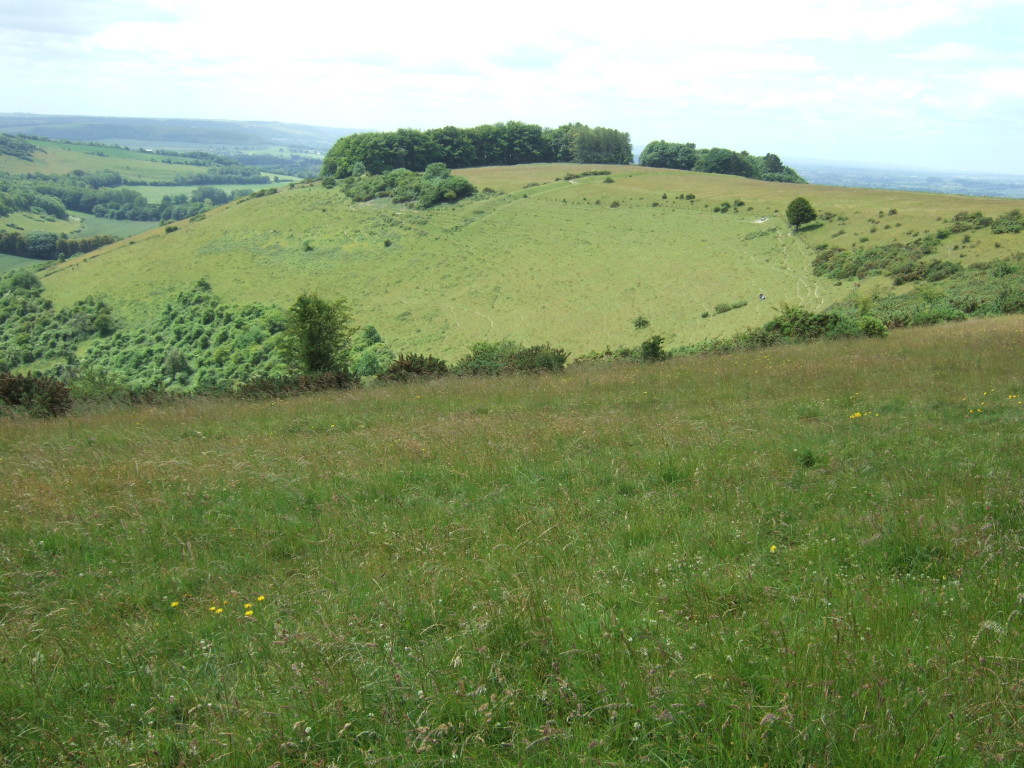
The spur of Fontmell Down, part of the chalk downland above the Blackmore Vale in Dorset. The northern cross dyke is clearly visible, just in front of the woodland on the spur. The southern one is obscured by the wood.
The orchids are out and within a few minutes of being on the reserve we’d seen five different species: bee, common spotted, fragrant, pyramidal and the greater butterfly orchid.
Viper’s bugloss (Echium vulgare) is such a pretty flower. It is a glorious blue, and beloved of moths and butterflies and bees. It doesn’t grow very high on the thin soil of the chalk downland, but I have seen it growing up to about 80 cm tall.
We also saw milkworts (Polygala sp.) in pink and in blue, and the wonderfully vibrant flowers of birdsfoot trefoil (Lotus corniculatus). We always called this ‘the eggs and bacon plant’ when we were kids, for obvious reasons!
There were also the enormous seedheads of goatsbeard (Tragopogon pratensis), like dandelion clocks on steroids. Goatsbeard flowers only open on sunny mornings, so the flower gained the charming folk name of Jack-go-to-bed-at-noon.
It was a rather blustery day, so we didn’t see too many butterflies, but we did see some fritillaries and a rather tatty painted lady (Vanessa cardui), as well as various blues and skippers.
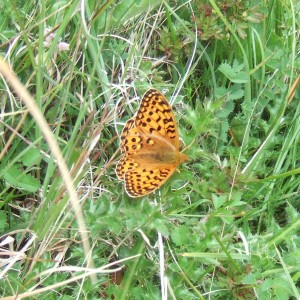
A fritillary. I’m not very good on butterflies, but think this might be a dark green fritillary (Argynnis aglaja).
We also saw this chap – isn’t he wonderful? No idea what he is.
The beautiful down has a deep coombe on its southern side, Longcombe Bottom, with ravens flying over, cronking their atmospheric calls
and there are stunning views to the south-west across the Blackmore Vale:
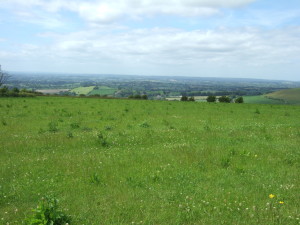
View looking south-east into Blackmore Vale, with the village of Fontmell Magna in the foreground of the vale.
We also walked on down to a chalk pit hollow nearby, where there was the best show of orchids. Just common spotted and pyramidal, but so beautiful.
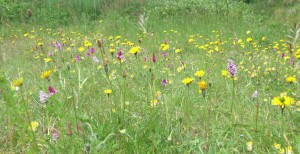
The orchids in the chalk pit hollow: pyramidal orchids (Anacamptis pyramidalis) and common spotted orchids (Dactylorhiza fuchsii). Definitely click on this one to embiggen/bigify – it’s worth it, I promise!
A water pipeline has recently been built across the reserve, and it was interesting to see the different flowers that have popped up in the disturbed area: lots of oilseed rape and common poppies and thistles, whereas the undisturbed land was mainly cow parsley and nettles.
The northern cross dyke had more orchids than on the other parts of the down, because the ditch provides a sheltered microclimate.
A beautiful thistle. Not sure which kind, but what a gorgeous colour.
